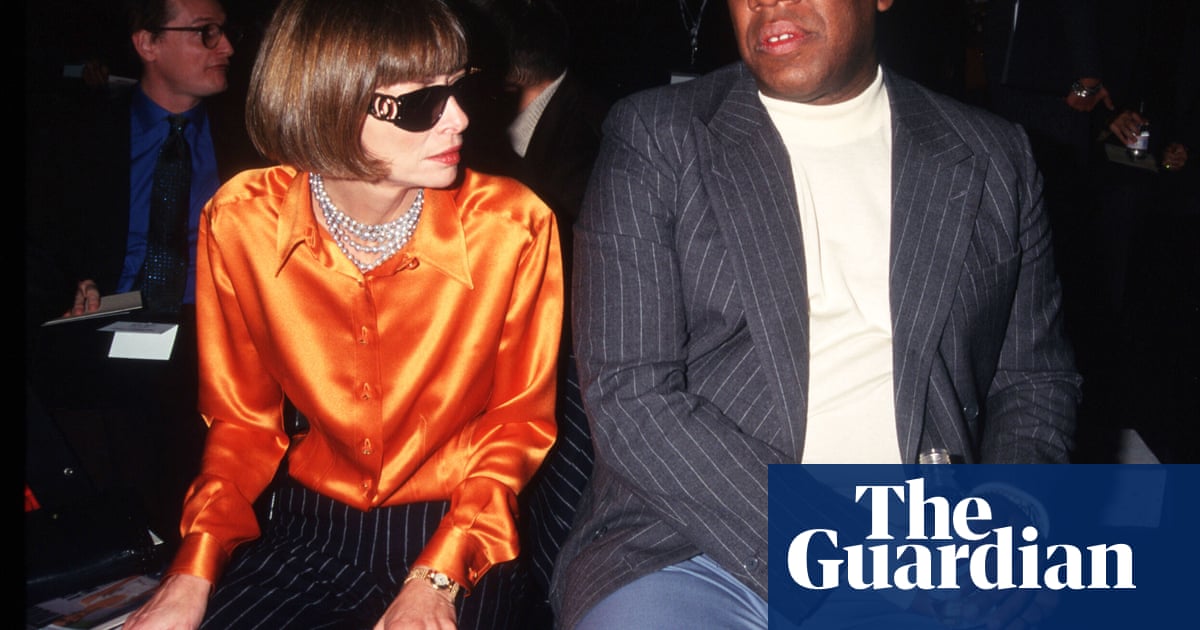
"Conde Nast's success in the 80s and 90s was due to its willingness to embrace low culture while maintaining a focus on high-end living, appealing to the emerging yuppie class."
"GQ's 1984 profile of Donald Trump and Madonna's 1989 Vogue cover exemplify Conde Nast's approach of blending highbrow and lowbrow culture, reshaping cultural capital."
"Tina Brown's editorship at the New Yorker aimed to make 'the sexy serious and the serious sexy,' expanding the universe of the magazine instead of dumbing it down."
"Anna Wintour's Vogue elevated street-style fashion, significantly influencing the lifestyle media landscape and the rise of celebrity brand ambassadors in fashion."
Samuel Irving Si Newhouse Jr transformed Conde Nast, expanding its magazine lineup and spending extravagantly to build cultural influence. The 1980s and 90s success stemmed from merging highbrow publications with pop culture, attracting a new yuppie audience more interested in celebrities than traditional arts. Notable moments included GQ's Trump profile and Madonna on Vogue, while editor Tina Brown sought to redefine serious content. Anna Wintour further innovated Vogue, influencing street-style fashion and introducing celebrity brand ambassadors. Ultimately, Conde Nast's broad vision established its legacy in lifestyle media.
Read at www.theguardian.com
Unable to calculate read time
Collection
[
|
...
]